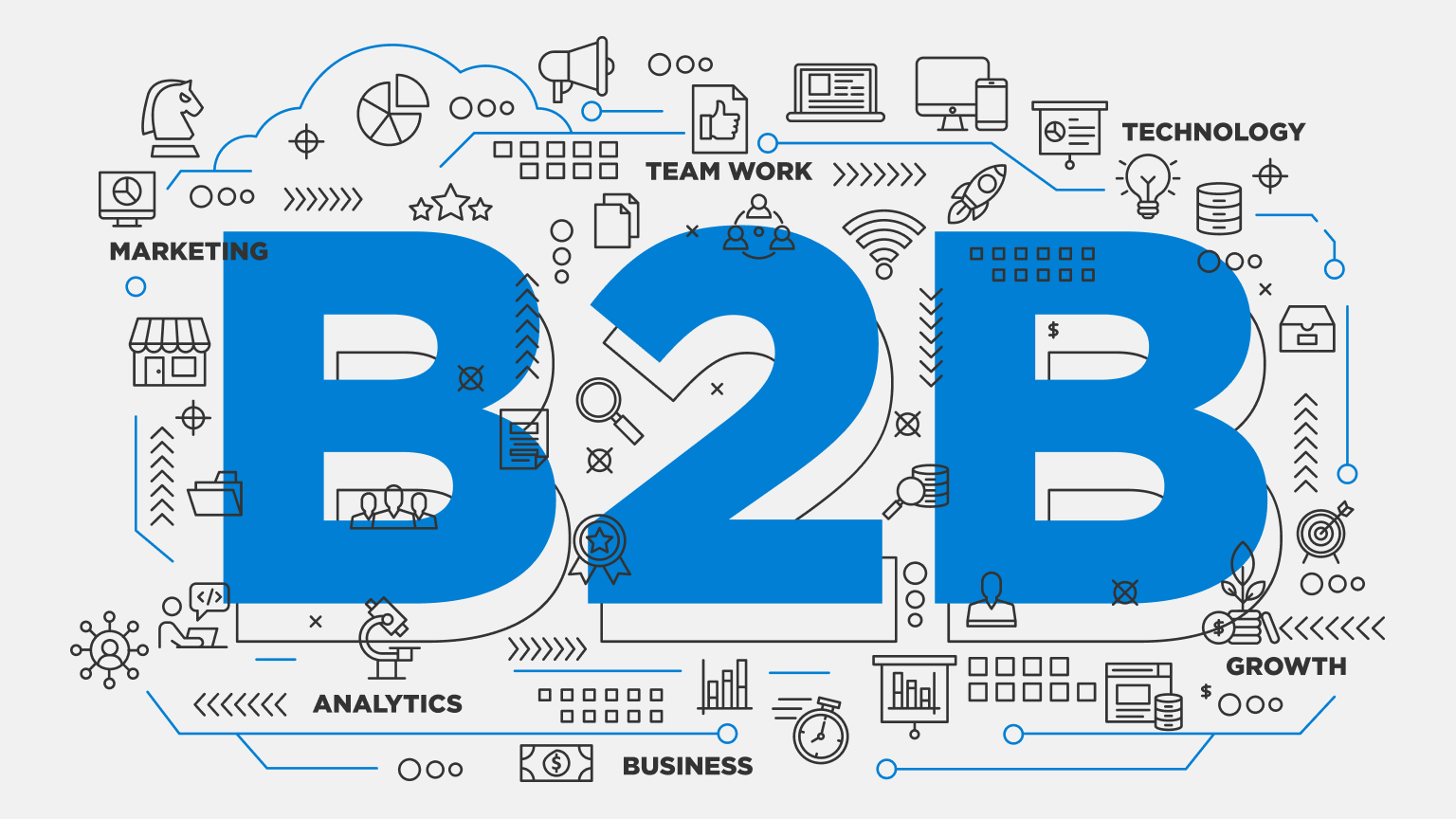Welcome to our comprehensive guide on the essential distinctions between brand identity and branding. Our goal is to shed light on the profound impact that a well-crafted brand identity and effective branding strategies can have on the marketplace. In this guide, we'll delve into what brand identity entails, encompassing the unique visual and philosophical elements that present the essence of a company. Meanwhile, we'll dissect branding as the strategic process that brings this identity to the forefront of consumer minds, infusing it into every touchpoint with the brand. Understanding these differences enables businesses to effectively harness their brand development and shape public perception - a pivotal factor for brand success in today's competitive markets.

Understanding the basics of brand identity and branding
Brand identity serves as the foundation of a company's representation, encompassing its logo, color scheme, typography, and imagery. These elements work cohesively to convey the brand's message and values. In this section, we will explore the core components of brand identity and how branding brings it to life. We will also discuss the significance of consistency in brand recognition for successful brand marketing, awareness, and management.
The foundation of brand identity
At the core of brand identity lie crucial aspects like logo design, color palette, typography, and imagery. These components work in unison to create a visual representation of the brand's values and mission statement. A solid brand identity is indispensable to brand strategy, as it helps distinguish a brand from its competitors and creates a unique impression in the minds of consumers.
How branding brings identity to life
Branding is the strategic process that utilizes brand identity components to shape and maintain brand perception and awareness. By employing various marketing techniques and channels, branding ensures that the brand's message and values reach the target audience effectively. This encompasses both online and offline marketing channels, enabling a brand to create a consistent and unified presence in the minds of consumers.
The role of consistency in brand recognition
Consistency is a critical factor in achieving strong brand recognition and allowing for effective brand management. By maintaining a harmonious and coherent brand presentation across all platforms, companies can secure a trusted place in the consumer's mind. Consistency is not limited to just visual components but also includes messaging, tone of voice, and overall brand experience. By ensuring consistency, businesses can effectively increase brand awareness and and ultimately drive customer loyalty and trust.
Key elements of a strong brand identity
In this section, we will delve into the essential elements that form a robust brand identity, which enables a brand to differentiate itself and carve a strong position in a cluttered marketplace. We will scrutinize the visual components, brand voice and messaging, and the impact of core values and company culture on a brand's identity, all of which are key factors in shaping customers' perception and engagement with the brand.
Visual design components
A brand's aesthetic appeal plays a significant role in creating a memorable image that resonates with the target audience. Components such as the logo, color palette, typography, and marketing materials are vital in establishing the visual aspect of brand identity. For instance, Apple's minimalist design approach and Nike's iconic swoosh logo are both prime examples of successful visual design components that have become instantly recognizable and synonymous with their respective brands. By crafting a well-designed and cohesive visual identity, brands can foster a strong sense of brand differentiation and positioning in the market.
Brand voice and messaging
The brand voice and messaging should strike a chord with the target audience, align with the company's core values, and reinforce brand positioning. A consistent and appropriate brand voice across all communication channels, from advertising to social media, guides customers and helps them relate to the brand. For example, Tesla consistently uses a forward-thinking and innovative voice, while Dove focuses on promoting self-esteem and body positivity in their messaging. By carefully crafting a brand voice and messaging that resonates with the target audience, businesses can set themselves apart from competitors and achieve a memorable brand presence.
Core values and company culture
A company's culture and values impact its identity and differentiate it from competitors, shaping not only the internal environment but also how customers perceive and engage with the brand. Companies like Patagonia, with their strong commitment to environmental responsibility, and Google, with their innovative and employee-focused culture, effectively leverage their core values as key elements in their branding strategies. By embedding these values into the brand identity, companies can forge genuine connections with customers, strengthening brand loyalty and prompting positive associations connected to their brand positioning. In summary, core values and company culture are indispensable factors in driving brand differentiation and securing a brand's position within its market niche.

Branding strategies that resonate with customers
In this section, we dive into the dynamic world of branding strategies that focus on building deep-rooted connections with customers. We'll emphasize the importance of storytelling, integrative marketing tactics, and leveraging emotional connections to shape brand perception and drive brand development.
Developing a narrative for your brand
Crafting a compelling narrative for your brand is essential to communicate its journey and values. Narratives serve as a critical tool in shaping brand perception and ensuring emotional engagement with the target audience. By telling a story that resonates with consumers, brands can foster a sense of authenticity and trust, which contributes to a strong foundation for brand development and growth.
Integrative marketing tactics
Implementing integrative marketing tactics that synchronize offline and online channels is key to delivering a cohesive brand experience. Consistent messaging across multiple platforms ensures your brand's identity and values remain clear, helping consumers develop a strong, positive perception of your brand. The aim is to fortify brand development through consistent and strategic multi-channel marketing efforts, reinforcing your brand's strategy and position within the marketplace.
Leveraging emotional connections and storytelling
Establishing emotional connections and utilizing storytelling are powerful tools in fostering meaningful relationships with your audience. By evoking emotions that resonate with consumers, you can enhance brand loyalty and advocacy, while ultimately shaping the overall perception of your brand. In doing so, this strategy maximizes the impact of your brand development efforts and paves the way for long-term success.
Also Read
B2B brand storytelling: crafting compelling narratives
Essential brand identity checklist for success
Brand Image vs Brand Identity: key differences
The journey of brand development
In this final section, we will cover the continuous and strategic process of brand development. From the inception of a company's brand identity through to the ongoing efforts of branding, every step is vital for maintaining and amplifying brand awareness. We will explore the various stages of brand management, which includes the monitoring and adapting of strategies in response to market changes and consumer behaviors.
Additionally, we will highlight how consistent brand marketing efforts play a crucial role in the growth and evolution of a brand over time. This journey is not merely about maintaining relevance but is key to evolving a brand identity that stays resonant with customers. Implementing cohesive marketing initiatives, such as social media campaigns, content marketing, and targeted advertising, ensures a strong foundation for long-term success in the business landscape.
With a profound understanding of the differences between brand identity and branding, businesses can elevate their brand strategy, effectively harnessing the power of their unique identity and fostering customer relationships. As we have demonstrated throughout this article, the journey of brand development is an ongoing process, requiring constant adaptation and innovation to meet the evolving needs of a dynamic market. It is this resilience and commitment to growth that ultimately sets memorable brands apart, securing their place as industry leaders now and into the future.
FAQ
What is the difference between brand identity and branding?
Brand identity refers to the unique visual and philosophical elements that represent the essence of a company, including its logo, color scheme, typography, and imagery. Branding is the strategic process of bringing this identity to life and shaping the perception of the brand in consumers' minds through marketing techniques and touchpoints.
Why is consistency important for brand recognition?
Consistency in brand identity and its presentation across all platforms is crucial for building strong brand recognition. It enables effective brand management and secures a trusted, memorable place in the consumer's mind, ultimately fostering brand loyalty.
How can brand voice and messaging contribute to brand identity?
Brand voice and messaging should resonate with the target audience and align with the company's core values, reinforcing the brand positioning. A carefully crafted voice and messaging strategy helps to differentiate a brand and foster a strong connection with customers.
What role does storytelling play in branding strategies?
Storytelling is an essential aspect of branding strategies that aim to build deep-rooted connections with customers. By developing a compelling narrative that communicates a brand's journey and values, a company can shape brand perception and ensure emotional engagement, thereby enhancing brand loyalty and advocacy.
What is the relationship between brand development and brand management?
Brand development is the continuous and strategic process of growing a brand through the establishment of its identity and consistent branding efforts. Brand management involves monitoring and adapting strategies to ensure long-term success, including responding to market changes and consumer behaviors. Both processes contribute to the evolution and success of the brand over time.





































